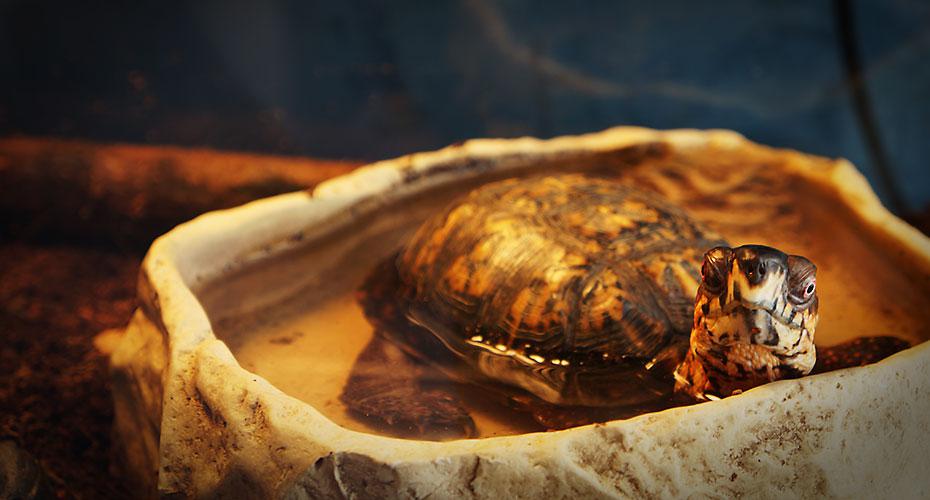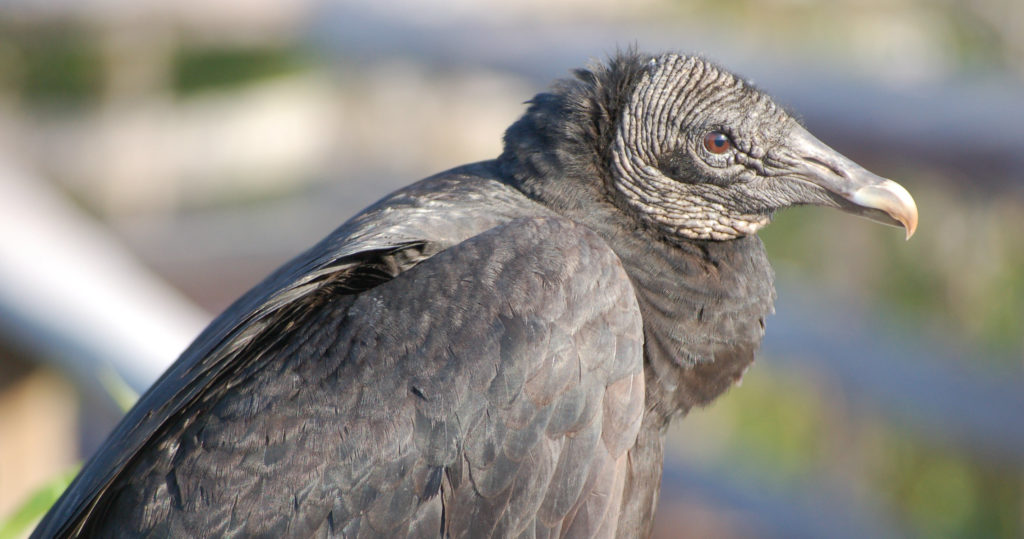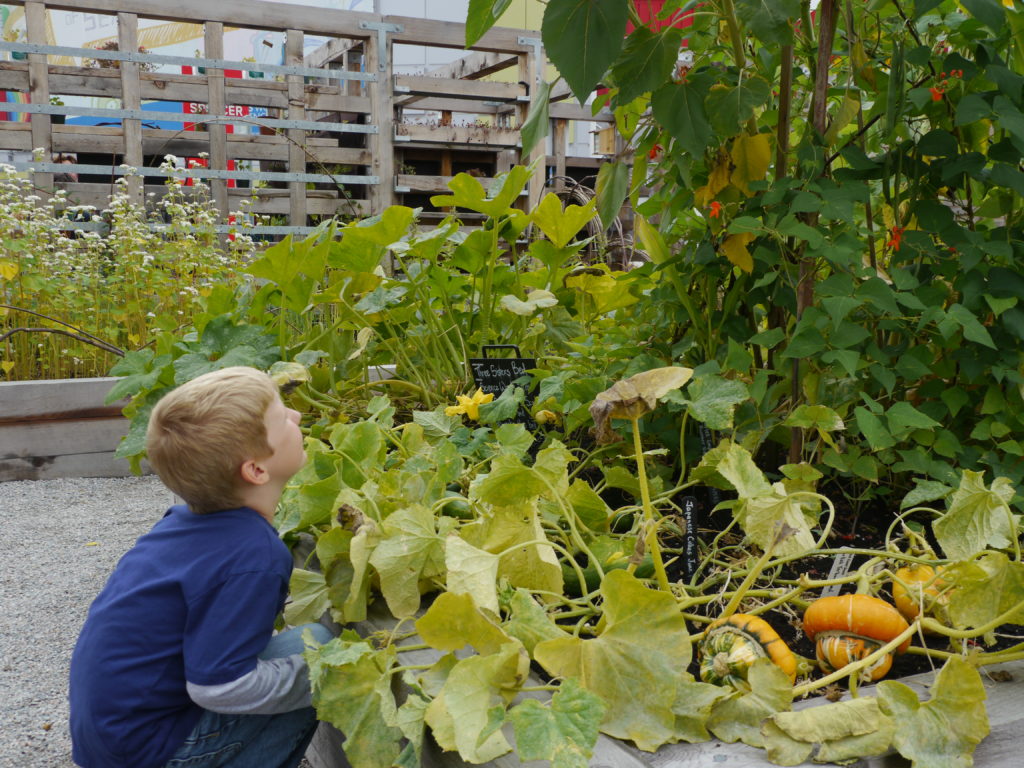Objectives
-
Compare and contrast human features with the features of other animals.
-
Compare the structures and behaviours of different animals in different habitats.
-
Assess survival needs and interactions between animals and their environments.
-
Describe the processes of natural selection and evolution.
-
Describe connections between physical/structural adaptations and survival.
Materials
Background
Ecology is the science that examines the relationships between all living things and their surroundings. Their surroundings make up their habitat and include biotic factors (living things like plants and animals) and abiotic factors (non-living things like weather, light, water, and soil).
Individual animals may have features that make it easier for them to survive, find food and shelter, and reproduce in their particular surroundings (their ecological niche). Competition between animals happens when some resource (often food or shelter) is limited, when the carrying capacity of a habitat is less than the population of individuals that live in it.
The more successful an individual is at obtaining food and avoiding predators (not becoming prey), the more likely it is to thrive, and have more offspring, a process known as natural selection. This “survival of the fittest” drives species surviving as a whole, the process of Evolution.
Having special features means that animals can live in different places or forage for different foods. Animal specialization is driven at the genetic level, and can be obvious (found in the physical appearance of the animal) or it can be “hidden” under the skin. The more genetic variation a species has, the more likely it is to evolve as changing biotic or abiotic factors create environmental changes it must adapt to. Specializations which are not obvious to the eye often exist because that animal lives in a particularly unique habitat, like a fish’s ability to breathe underwater; their gills enable them to take oxygen out of the water.
An ecosystem is made up of all the interconnected living things it contains, including all the species, and their abiotic environment. The balance of differing factors in an ecosystem determines its capacity to endure over time, its sustainabilty.
Vocabulary
abiotic – Non-living factors in an animal’s habitat such as weather, water, soil, light, and radiation.
biodiversity – The variety of life on Earth, including genetic variety within a species. It refers to the wide variety of ecosystems and living things: animals, plants, their habitats, and their genes.
biotic – Living organisms in an animal’s habitat.
carrying capacity – The maximum population size of a species that a habitat can sustain indefinitely.
ecological niche – A species’ role in its habitat. No two species have the same niche. Each species has a specific combination of food choice, foraging method, daily schedule, predators, competitors, and shelter. Every species interacts with the biotic and abiotic elements present in a unique way.
ecology – The study of the relationships between living things and their environment.
ecosystem – The interconnectedness of biotic and abiotic factors in a specified area.
forage – To search for and gather food.
genetic variation – Variation in traits within or among a species.
habitat – The natural environment that surrounds and is used by a species population.
natural selection – A process resulting in the survival of those individuals from a population of animals or plants that are best suited to the prevailing environmental conditions. The survivors tend to produce more offspring than those less well suited, so that the characteristics of the population change over time.
population – All the organisms that both belong to the same species and live in the same geographical area.
predator – Feeds on other animals (but may or may not kill their food).
prey – Animals that are attacked and/or eaten by other animals.
species – A group of living things capable of interbreeding and producing offspring.
sustainability – The capacity to endure over time.
Other Resources
What is Biodiversity?
University of British Columbia | Department of Geography | Biodiversity of BC
Evolution: A journey into where we’re from and where we’re going
PBS | Evolution | Educational Multimedia and Online Games




 copy.jpg)